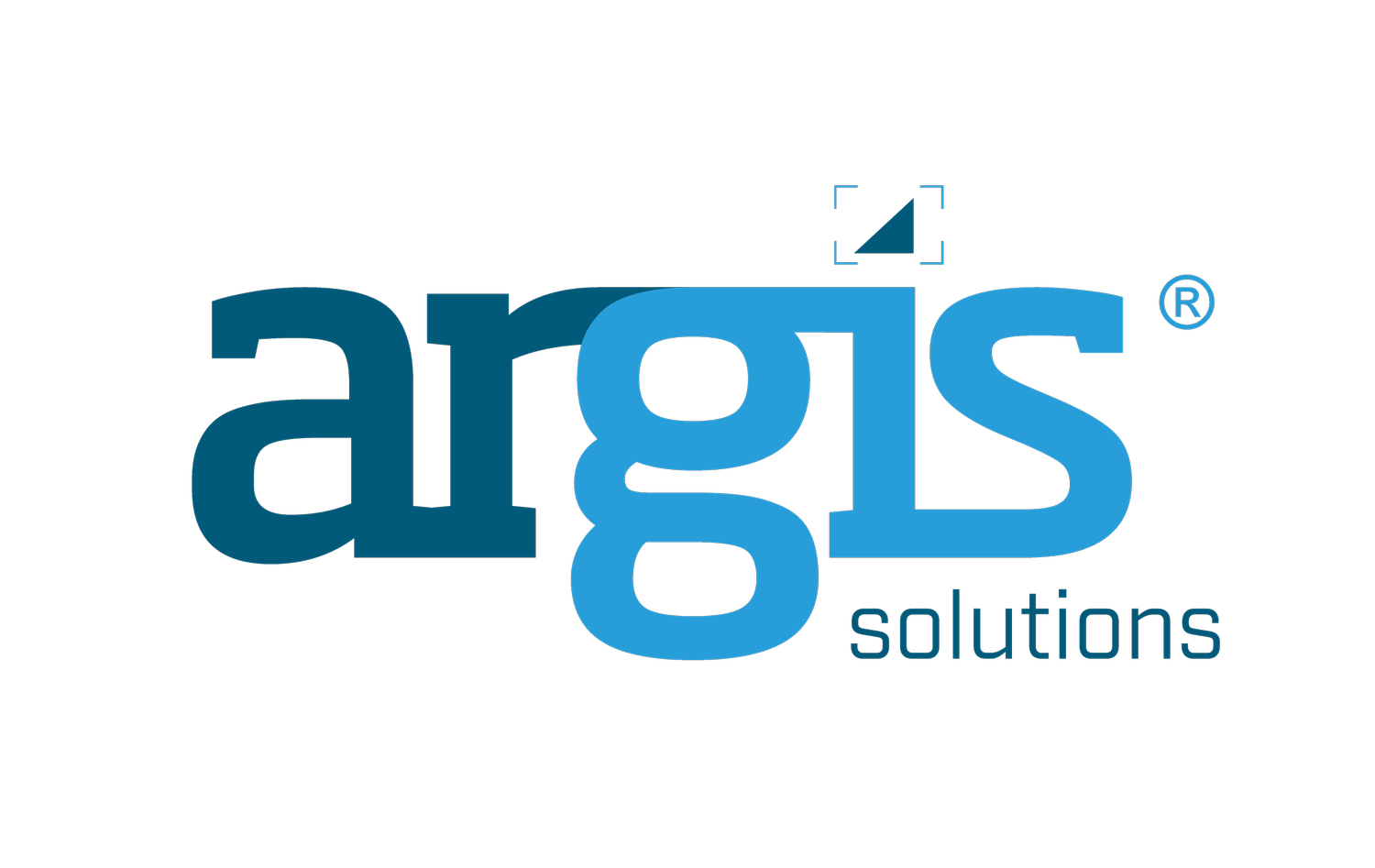5 Things to Know for App Store and Google Play Store Submission
Is your mobile app ready for the big time? With a smartphone in almost everyone’s back pocket, it makes sense! Now more than ever, people, us included, are developing creative app solutions to address a wide variety of real-world problems. In fact, Argis Solutions specializes in app software development, especially for embedded systems.
If you want to submit an app to the App Store or Google Play there are a few things that we think are helpful for you to know. Depending on your user base, you might want to start with iOS app submission first, but the following tips are for the two most common app store platforms.
Testing. Before you submit an app to Google Play and the App Store you can create test versions.
Apple has TestFlight, which you can upload builds to and have specified users download versions from a separate app.
With Google, the testing process is part of actually submitting it to the Play Store, so more is required. You need to have the basic description, icon, screen shots, and privacy policy URL.
Make sure you have the right screen shots. The App Store requires screenshots of the application for the wide variety of sizes of iOS devices. Though this has gotten more streamlined than in the past, it is still worth taking the time to produce most, if not all, sizes. The App Store and Google Play require an app icon.
Be thoughtful about your app’s age requirement. Our own app needed to be listed as 14+ because of the age requirements for Esri accounts. However, most people choose 4+ so that their app can be populated across more searches. Don’t base your age limit on your target audience. Instead, choose it based on the minimum amount of functional knowledge needed to work your app.
Think about the countries and regions where you want your app available. If you are offering your app to other countries, you might need language support. If language support is needed, you need to change graphics in the app to offer that. Another option is to plan graphics that are language-neutral and don‘t rely on a specific language to communicate user experience.
You can add countries after the fact, but if your app has a federal audience, be thoughtful about your app’s potential uses and how that might interact with certain countries and their political situations.
Embedded systems. For iOS, anything with a hardware or software connection may need a product plan ID. It can take up to 30 days to get, so if you already have the software, submit your PPID application to get a running start.
If you need to get the ball rolling with app development or embedded systems and you don’t have time to figure all the ins and outs yourself, we can help! We’d love to hear about your project and help you develop an actionable plan to get it App and Google Play Store-ready.

